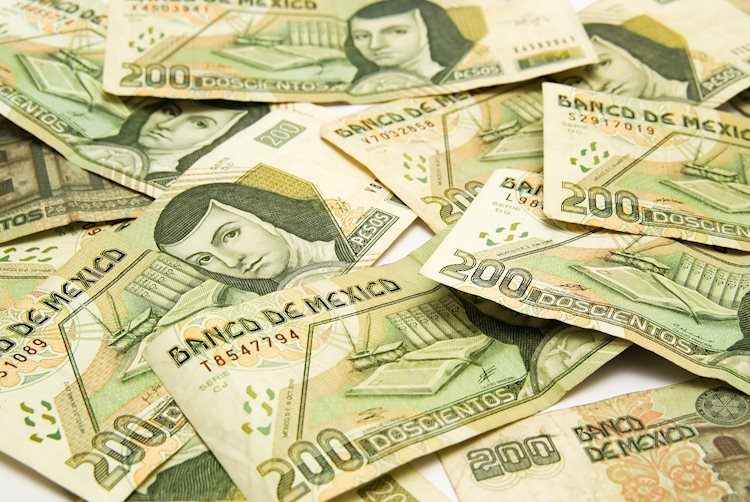The Mexican Peso (MXN) had a strong recovery on Wednesday following a decline in response to the recent election results, as Finance Minister Rogelio Ramírez de la O sought to reassure investors about the new government’s commitment to fiscal discipline and encouraging investment. The election saw the left-leaning Claudia Sheinbaum administration likely win a supermajority in both houses of the Mexican Parliament, leading to concerns among investors about potential economic impacts. Despite the uncertainty, De la O’s comments helped ease fears and restore confidence in the stability of the Mexican economy.
Economic data released by INEGI showed a decrease in Consumer Confidence in May, dropping to a seven-month low. This decline, coupled with unexpected slowdowns in Gross Fixed Investment, contributed to investor concerns about the future of the Mexican economy. However, De la O’s intervention and commitment to financial discipline helped boost the Mexican Peso against major trading pairs, with USD/MXN trading at 17.52, EUR/MXN at 19.03, and GBP/MXN at 22.37.
Following the election, USD/MXN experienced significant volatility, reaching a high near the 100-week Simple Moving Average before retreating back down. The overall trend for the pair remains bullish, favoring further upside over the short and intermediate terms. Technical analysis suggests a potential continuation of the uptrend with a target at 18.49, although the pair is currently overbought according to the Relative Strength Index. The long-term trend for USD/MXN remains bearish, indicating a risk of reversal if the uptrend loses momentum.
Geopolitical factors, such as the upcoming election results and the new government’s policies, are likely to continue influencing the value of the Mexican Peso. The performance of the Mexican economy, central bank policy, foreign investment levels, remittances, and geopolitical trends all play a role in determining the strength of the MXN. Additionally, macroeconomic data releases, high economic growth, low unemployment, and investor sentiment all impact the valuation of the Mexican Peso.
Overall, the Mexican Peso tends to perform well during risk-on periods when market risks are perceived to be low, and investors are willing to engage with higher-risk investments. Conversely, MXN may weaken during times of market turbulence or economic uncertainty as investors seek out more stable assets. Despite recent fluctuations, the Mexican Peso remains a key currency in Latin America, influenced by a range of factors that shape its value in the global market. Investors will continue to monitor economic data releases and government actions to gauge the future performance of the Mexican Peso.




















